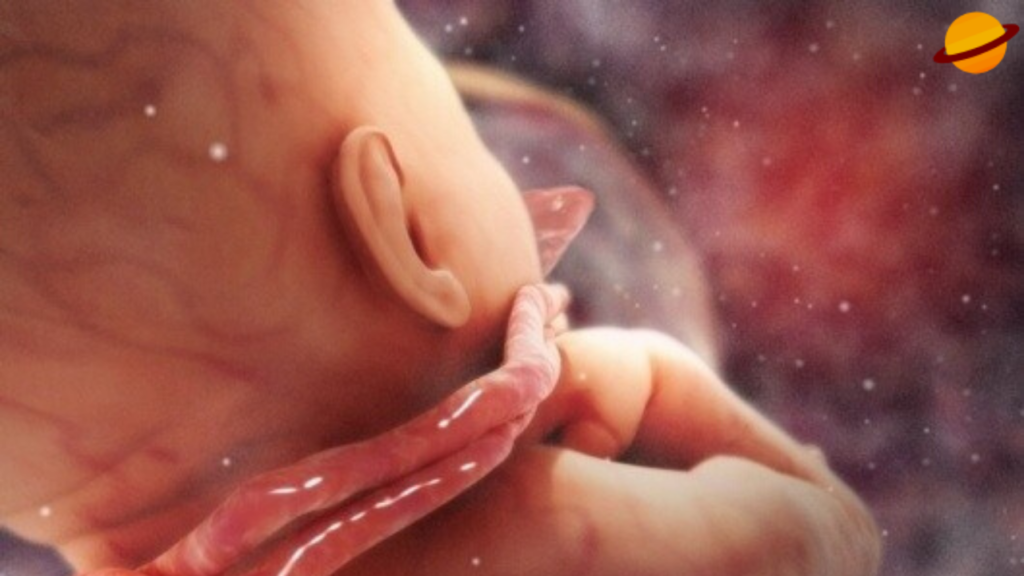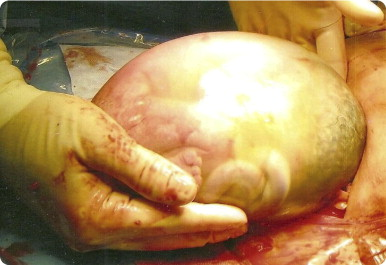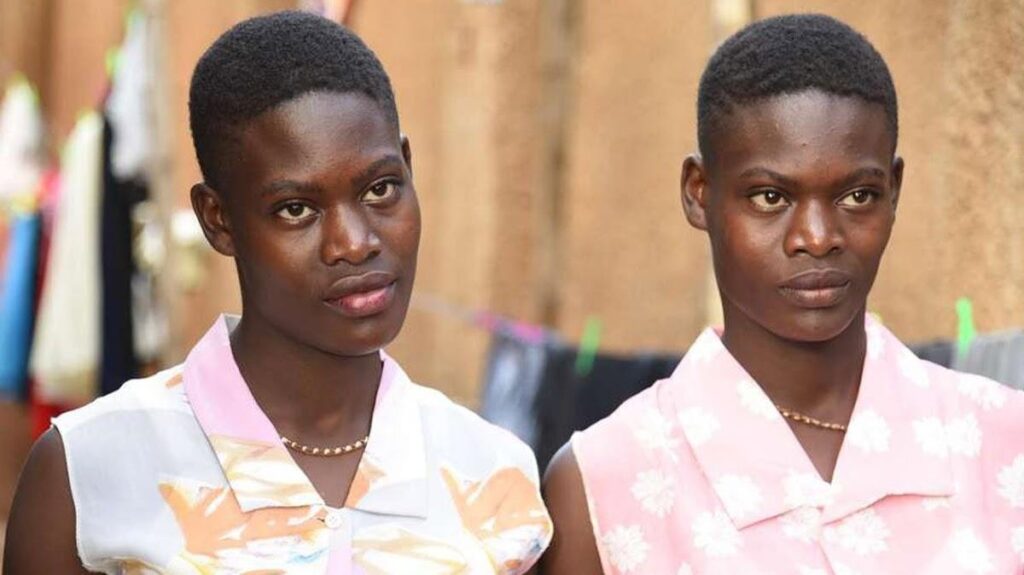The way the baby presented at birth was the basis for a baby’s unique name. Every birth is different. A baby could be born face up or face down. But generally speaking, a face-down birth is preferable. It is the norm that most babies are born in the face-down position at the time of delivery. It is the safe way of delivery for a baby. In this position the baby rotate around during labor so that the head stays down and the body faces the mother’s back (medical terms ‘occiput anterior’ ) (OA position). See this link for more information.
In the occiput posterior (OP) in the medical world, the baby’s head is down but facing the mother’s front instead of her back with chin tucked to its chest and back of the head ready to enter the pelvic region. This position means that the baby is face up, or “sunny side up,” instead of facedown, so the hardest part of her head rests near the lower back instead of the belly. So when a baby mal-presented at birth in this way, they were given the name Auma for a baby girl and Ouma for a baby boy.
However, the name Auma for a baby girl and Ouma is also given for a child whose mother conceives without having gone through the usual menstruation. Many times, such a pregnancy could cause trouble between a wife and husband since neither of them would understand how it came about. In some instances, some husbands assigned such pregnancy to unfaithfulness on the part of the woman. The child would receive the name Auma which means saved from exposure to shame, because after such confession only the husband could save the wife from shame by keeping silent about the confessed offence.
Some births can be a challenge such as in a case where the baby presents with the umbilical cord around the neck. In such a case, the name is derived from the way the baby comes out at birth. Awino is a name for female baby and Owino’, a male baby that describes a baby born with the umbilical cord round the neck. Families with Awino and Owino need to take note because such births present again and again in the lineage. When there is an Awino/Owino in the family, the traditional midwives were always on high alert for families with the name, (See fig 1).
Fig. 1. Baby born with a cord round the neck
 c) Born encaul -Akuku
c) Born encaul -Akuku To be “born with the caul” means a baby or a child is born with a portion of the amniotic sac or membrane remaining on the head. A caul is a thin, filmy membrane, the amnion, that can cover a newborn’s head and face immediately at birth. This also includes a baby born within the full sac of amniotic fluid. See fig.2
En caul births according to Moore occur in about 1 in every 80,000 births and the statistic may include caul births where babies are born with part of the amniotic membranes on their face or head and this makes true en caul births even more rare.
Fig. 2. Baby born en caul

“The correct name for those who are born with a true caul is a Caulbearer. Such people are often referred to as being “born behind the veil”, as the caul is also referred to as the veil in many cultures due to it being a face covering.
Among the Luos, a baby who was born en caul, gi kuku ne, was called Akuku for a baby girl and Okuku for a baby boy. The name included both caul and en caul births. The most famous Luo who carried this name was Akuku Danger and it is not known if he was named so because he was born en caul or he was named after the grandmother or grandfather who was born en-caul. Whatever the case, the family lineage had a caul or en caul birth, a fact to take cognizant of.
In the western culture, the veil is a very important clothing in a marriage. Indeed,
“The brides once used to wear their hair flowing down their back at their wedding to symbolize their virginity. A bride may wear the face veil through the ceremony. Then either her father lifts the veil, presenting the bride to her groom, or the groom lifts the veil to symbolically consummate the marriage”.
One of the most interesting names in this category was Akumu for a baby girl and Okumu for a baby boy. There were instances when there was need for a conception to be stopped from growing and fully developing. There were medicine men who could contain and stop a fetus from growing and fully developing into a full-term pregnancy until such a time as required (ich mo kum). This was carried out under special circumstances and on request by the person who wanted it done. After the agreed, period, the mother was given medicine that re-started the growth of the fetus to full term.
During the birth of twins, the baby who comes out first at birth is called Apiyo for a baby girl and Opiyo for a baby boy. The one who comes out after is named Adongo for a baby girl and Odongo for a baby boy.
 d) Born After twins, Oluwo rude – Akelo/Okelo
d) Born After twins, Oluwo rude – Akelo/OkeloA child born immediately after twins is named Akello for a baby girl and Okello for a baby boy. The word Okello means the bringer of joy.
References
© Jane Achieng, 2019